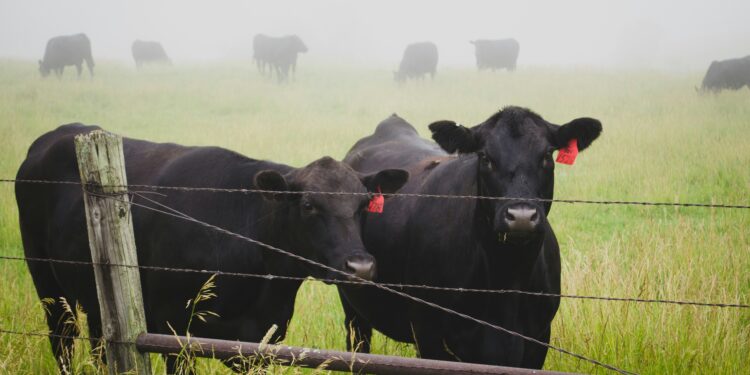The recent case of a person testing positive for highly pathogenic avian influenza (HPAI) A(H5N1) virus in the United States has raised concerns about the potential for a cattle mutation pandemic. This individual had been exposed to dairy cattle in Texas that were presumed to be infected with HPAI A(H5N1) viruses, leading to their infection with the bird flu.
The patient experienced redness in the eyes, a symptom consistent with conjunctivitis, as their only indication of illness, highlighting the importance of healthcare policy and healthcare system management in early detection and treatment. Fortunately, they are recovering and are being treated with antiviral drugs for the flu , showcasing modern medicine practices in addressing emerging health threats. While the overall human health risk assessment for the general public in the U.S. remains low, individuals who have close or prolonged, unprotected contact with infected birds or animals, including livestock, are at a higher risk of infection.
In response to this case, the CDC has issued interim recommendations for prevention, monitoring, and public health investigations of HPAI A(H5N1) viruses. State health departments have been instructed to monitor workers who may have come into contact with infected or potentially infected birds or animals and to test those who develop symptoms. Additionally, clinicians have been provided with guidelines on monitoring, testing, and antiviral treatment for patients suspected or confirmed to have avian influenza A virus infections, demonstrating all about health efforts to mitigate the spread of infectious diseases.
This is the second reported case of a person testing positive for influenza A(H5N1) viruses in the United States, with a previous case occurring in 2022 in Colorado. While human infections with avian influenza A viruses, including H5N1, are rare, they have been reported sporadically worldwide.
The emergence of a potential cattle mutation pandemic involving HPAI A(H5N1) viruses highlights the importance of vigilance and preparedness in monitoring and controlling zoonotic diseases. Continued research, surveillance, and adherence to public health guidelines are essential in mitigating the risk of outbreaks and protecting both animal and human populations from the spread of avian influenza viruses.















